The rise of heroin brings violence and fear to Mexico
Along the country’s heroin highway: signs of a booming drug business and horrific bloodshed
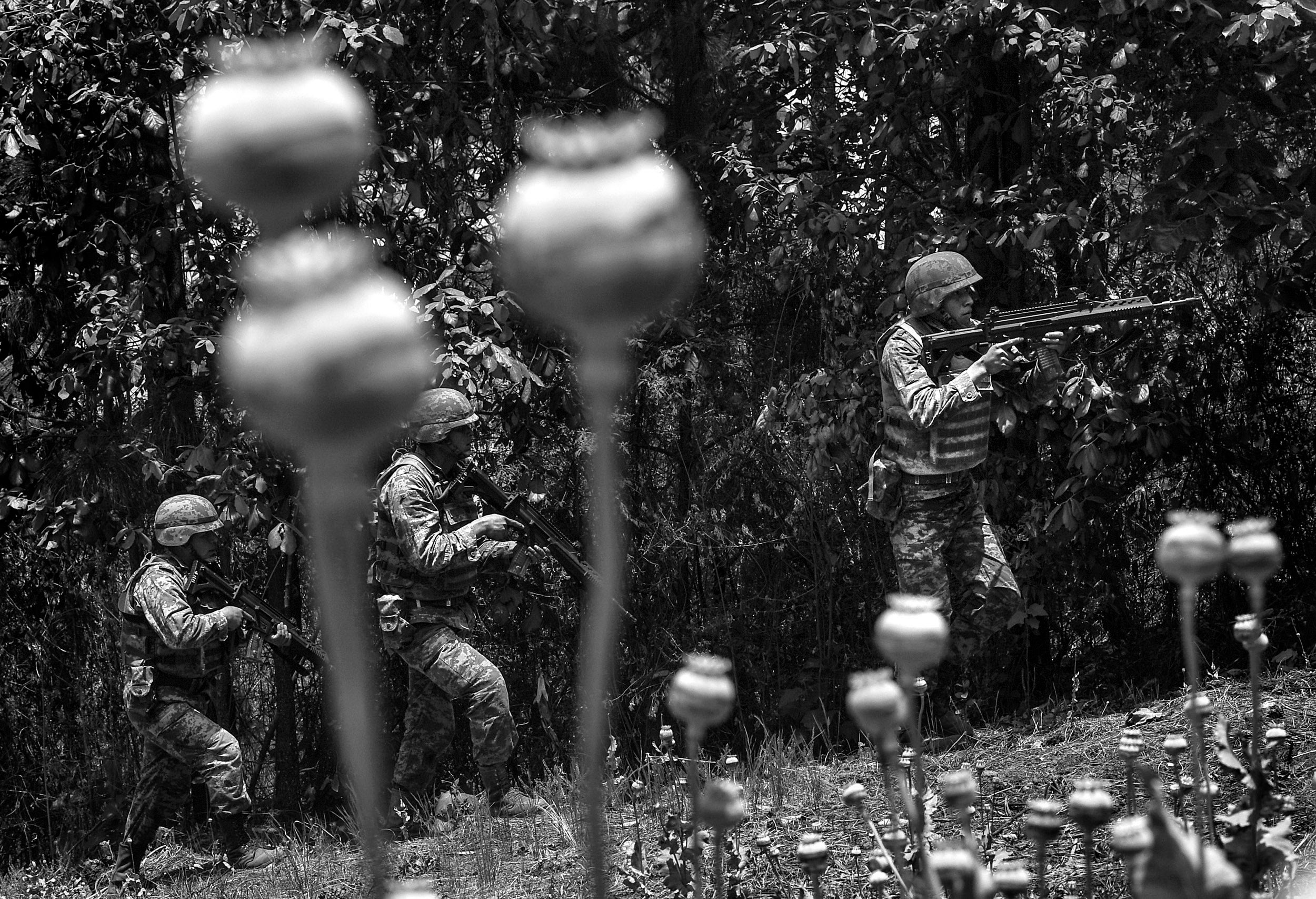
Your support helps us to tell the story
This election is still a dead heat, according to most polls. In a fight with such wafer-thin margins, we need reporters on the ground talking to the people Trump and Harris are courting. Your support allows us to keep sending journalists to the story.
The Independent is trusted by 27 million Americans from across the entire political spectrum every month. Unlike many other quality news outlets, we choose not to lock you out of our reporting and analysis with paywalls. But quality journalism must still be paid for.
Help us keep bring these critical stories to light. Your support makes all the difference.
Teloloapan, Mexico. In this skittish town on Mexico’s heroin highway, civilians with rusty shotguns shake down passing cars for contributions to the public defence. The police were disbanded years ago. The mayor recently got a death threat and fled in the governor’s helicopter.
But it’s when Highway 51 drops down from the rolling hills, and runs west in two lonely lanes across the scorched valley floor, that danger really starts to poison people’s lives.
Drug bosses known as ‘the Tequila Man’ and ‘the Fish’ rule like feudal lords, at war with each other and the vigilante groups that have risen against them. Residents get kidnapped in groups. Tortured corpses are discarded in the valley, left to sear on hot pavement.
The opioid epidemic that has caused so much pain in the United States is also savaging Mexico, contributing to a breakdown of order in rural areas. Heroin is like steroids for drug gangs, pumping money and muscle into their fight to control territory and transportation routes to the US.
Mexico provides more than 90 per cent of America’s heroin, up from less than 10 per cent in 2003, when Colombia was the main supplier. Poppy production has expanded by about 800 per cent in a decade as US demand has soared.
The western state of Guerrero is the centre of this business, producing more than half of Mexico’s opium poppies: the base ingredient for heroin. Guerrero also has become the most violent state in Mexico, with more than 2,200 killings last year.
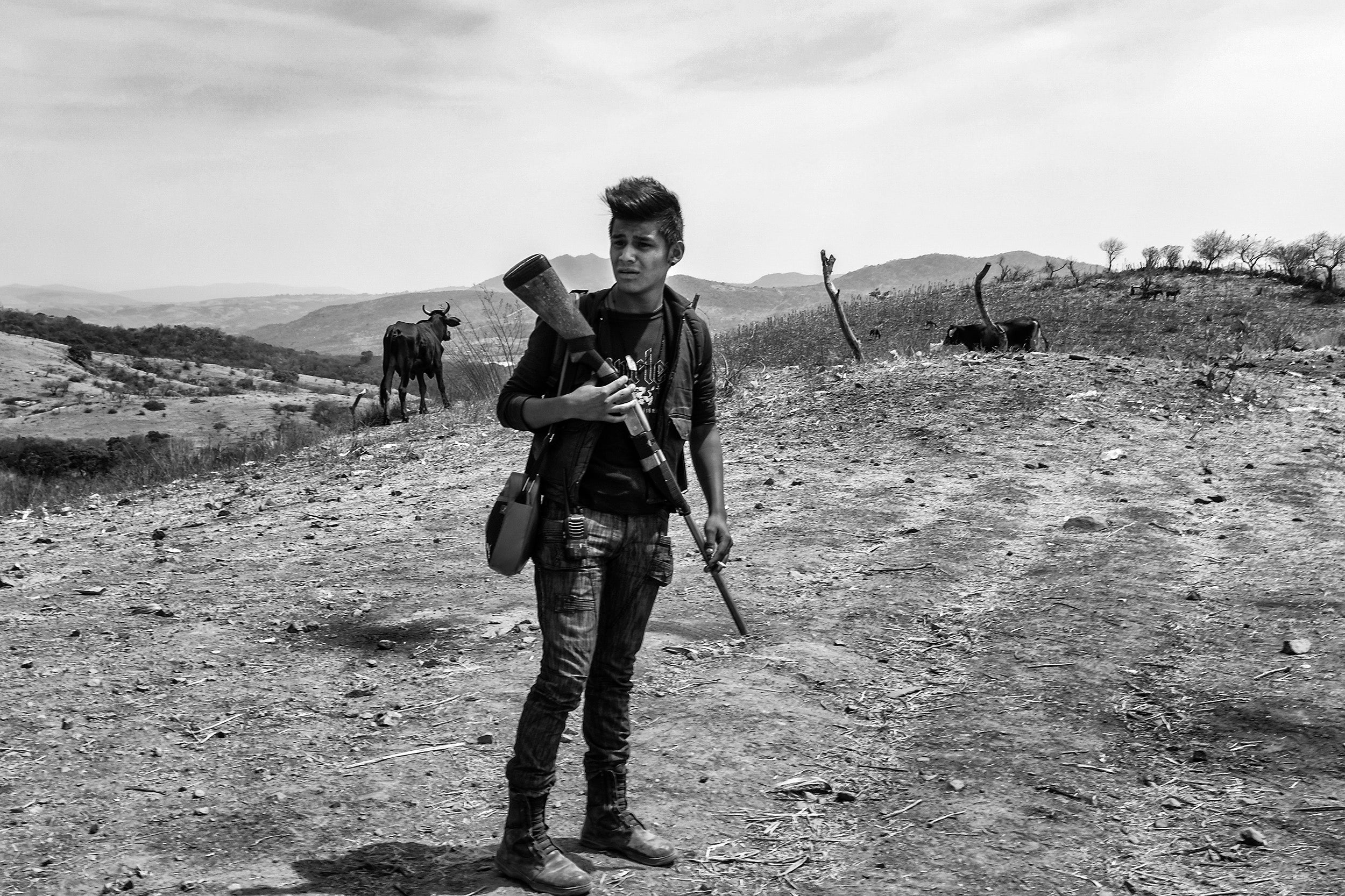
“These groups have transformed themselves into a super-criminal power,” said Ricardo Mejia Berdeja, the head of the security committee in the Guerrero state congress. “The anchor for organised crime is heroin poppy.”
Guerrero has produced marijuana and poppies for decades. But organised crime used to be more organised, with one main cartel in the state quietly paying off police and officials and moving drugs. The booming heroin business has encouraged the rise of new gun-toting trafficking bands, which in turn has triggered the rise of citizen militias.
Along this 110-mile stretch of Highway 51, in the region known as Tierra Caliente (Hot Lands) below the poppy-carpeted slopes of the Sierra Madre del Sur mountains, the social breakdown is plain to see. More than 200 schools have closed periodically in recent months as striking teachers protested rampant criminality. The Mexican army moved into one town this month to wrest control from a civilian militia that was threatening a nearby village.
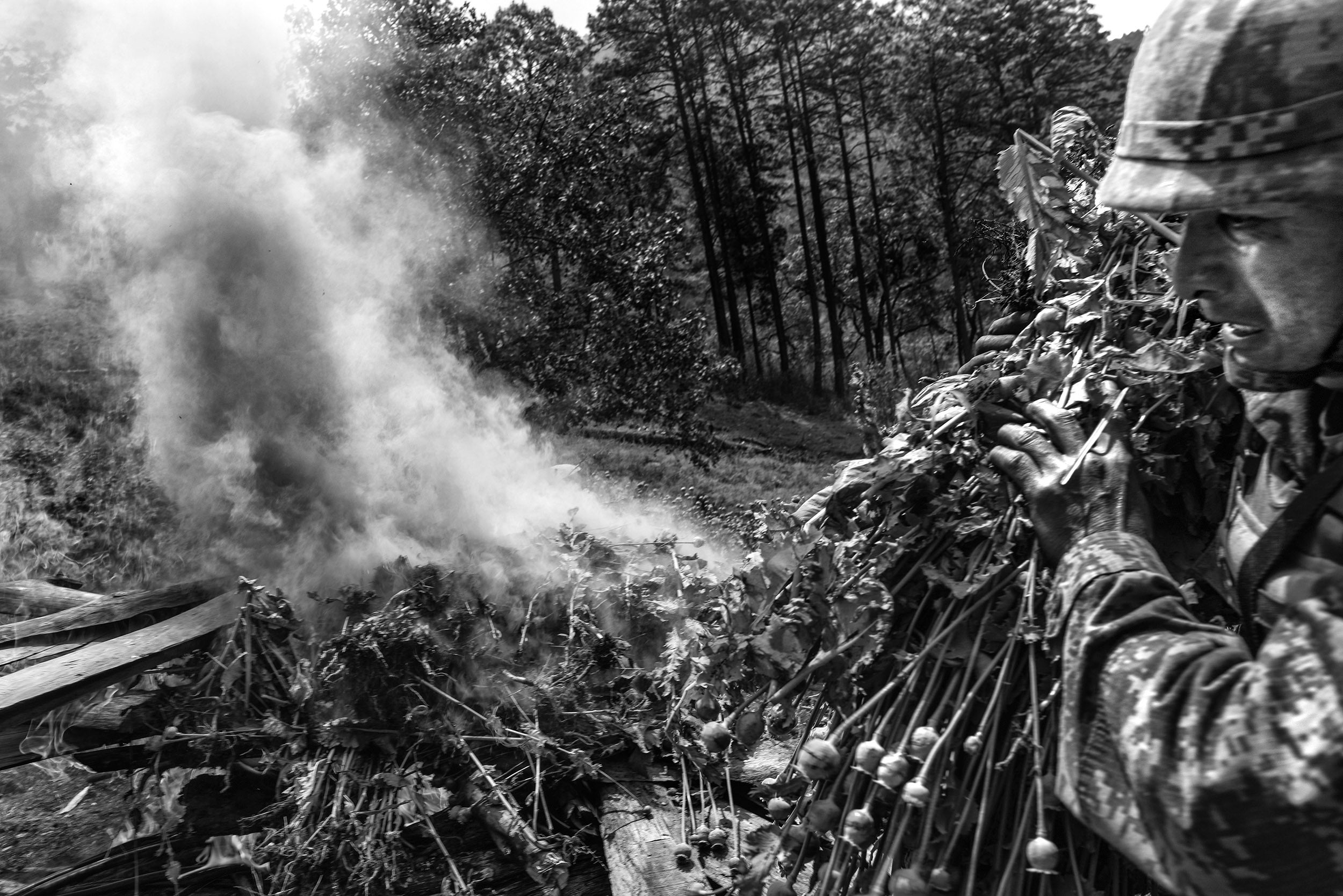
”This is a land without law,” said one businessman who works in the region.
Nicolas Bartolo turned off Highway 51 at the town of Tlapehuala and headed south on a dirt road through fields of dead cornstalks. It’s the dry season, and plumes of smoke muddied the sky as farmers burned their lands for planting. Bartolo made the sign of the cross and kept driving.
“We used to be free here,” he said.
Bartolo works construction and plays guitar in a band named La Leyenda (The Legend), which tours the towns of Tierra Caliente. Nearly everyone out here is forced to deal with the drug gangs, which have diversified into extortion, kidnapping and just plain robbery.
At the sites where Bartolo works, gunmen have stolen trucks and a solar-powered generator to use in the poppy-growing mountains. Bartolo’s employer must pay one cartel at least $300 a month for each piece of heavy machinery – such as excavators and backhoes – used on a project. If the firm doesn’t pay, it risks further robberies or attacks.
Slowly, the region’s economy is being asphyxiated by the criminal groups. Business owners say that vendors of mangos, cucumbers and other produce must pay cartels one peso – about 5 cents – per kilogram they sell. Restaurants needing chicken meat are forced to buy from gang-specified suppliers.
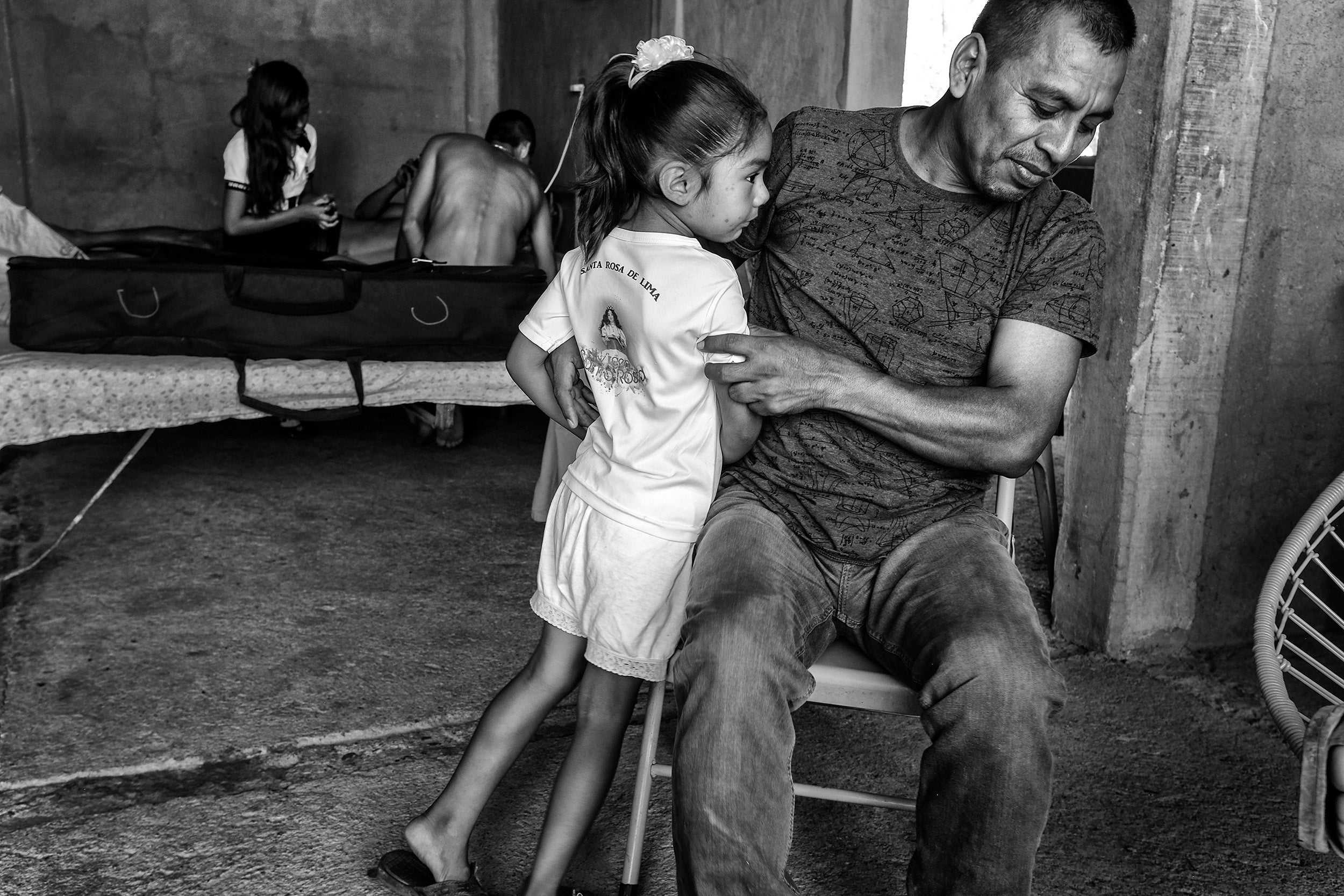
One major source of employment, the Campo Morado zinc mine run by the Belgium-based company Nyrstar, closed down in 2015 because of “ongoing issues associated with security,” a company official said. Residents said extortion demands were too steep.
About a decade ago, one drug cartel dominated Guerrero – the Beltran-Leyva organisation. Now, there are at least a dozen drug gangs competing for patches of ground in the state.
That’s partly because of Mexican authorities’ focus on capturing the leaders of cartels and splintering their organisations. But it’s also a function of the way the heroin trade works.
Heroin, per kilo, is more lucrative than cocaine, and easier logistically to transport to the US. Unlike cocaine, which originates in South America and is moved by sprawling Mexican cartels, heroin is made right in Mexico.
Smaller drug gangs, sometimes just a handful of friends or relatives, have sprung up to compete for profits. With the marijuana business slowing as US states allow more production, heroin has become even more important for the gangs’ bottom line.
One of the strongest cartels in the Tierra Caliente is La Familia Michoacana (sometimes called LFM), the descendant of a criminal organisation that announced itself more than a decade ago by rolling severed heads onto a nightclub floor.
Its leader is Johnny Hurtado Olascoaga, known as ‘El Pez’ (The Fish), and his base of operations is Arcelia, a town along Highway 51. In 2012, one of his top gunmen, a moustachioed man named Raybel Jacobo de Almonte, a.k.a. ‘El Tequilero’, split off and formed his own criminal group, headquartered outside San Miguel Totolapan about 15 miles away.

The Beltran-Leyva cartel had once exerted control over the region’s criminals. Since its decline, drug groups have increasingly felt free to diversify into kidnapping and extortion.
“They try it once, they get away with it, they make money on it, and they do it again,” said Chris Kyle, an anthropologist and expert on Guerrero based at the University of Alabama, Birmingham.
The gangs have kidnapped wedding guests, taken teachers from classrooms and hauled nurses from their clinics. They also took a friend of Bartolo. He acted as courier, last month carrying a 200,000-peso ransom (about $10,000) into the mountains, where he found his friend bound with barbed wire, blood running down his hands, along with dozens of other victims.
“I wanted to cry when I saw all those people there,” he said.
High above the Tierra Caliente, Lt. Col. Cesar Bellizia Aboaf of the Mexican army‘s 35th Military Zone led a convoy up a mountain road, following miles of black rubber hose. In the dry season, farmers must irrigate their poppy crops with water pumped from streams and wells, and the hoses tip off soldiers to their locations.
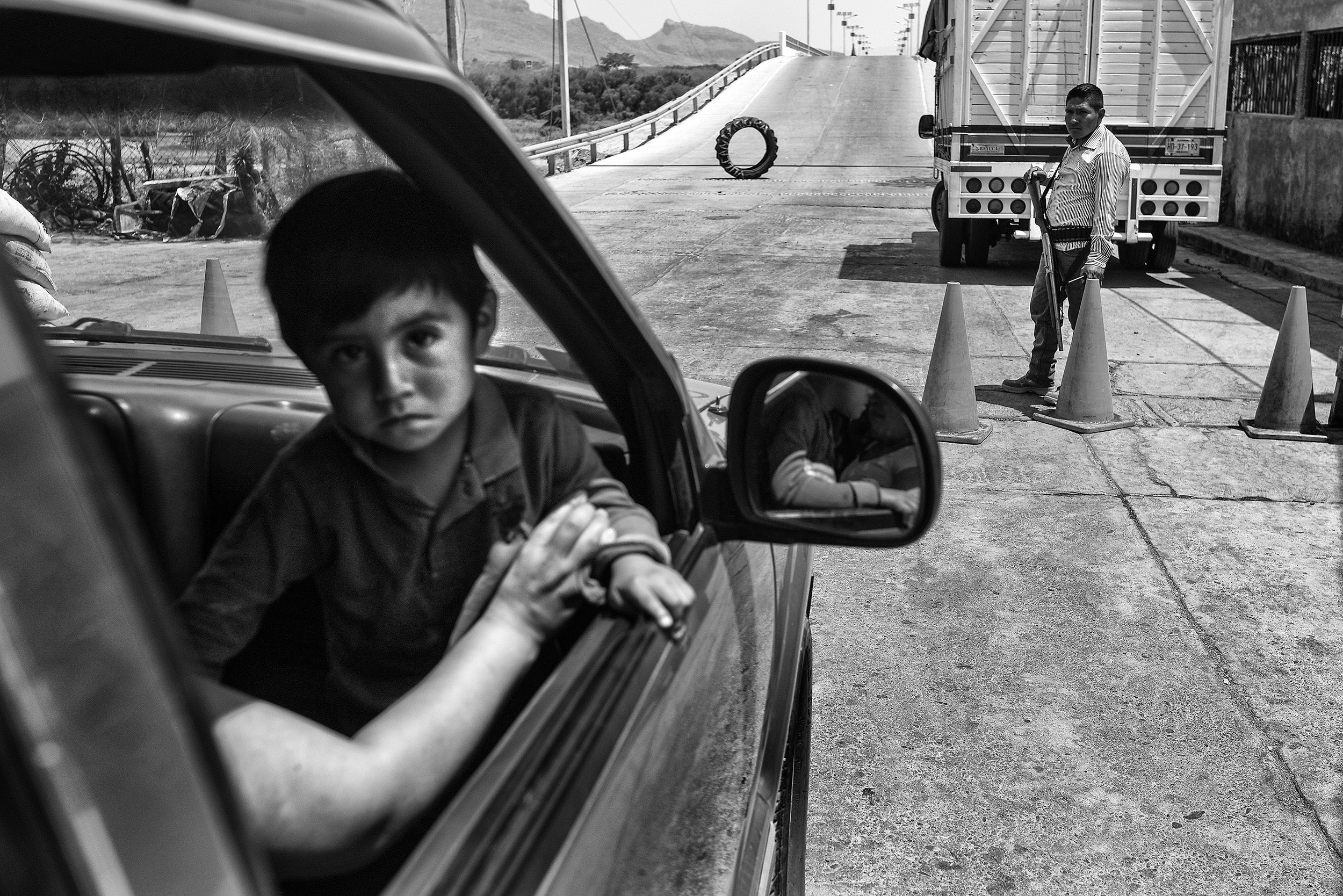
Bellizia stopped on a ridge and looked down at a 2.5-acre field of pink flowers. His soldiers had found the plot a few days before – one of 10 to 15 poppy plantations they discover each day – and he told his troops to burn it.
Despite such regular eradication by the military, as well as aerial fumigation, Mexico’s opium production is booming, spurred by the US demand.
The number of Americans reporting heroin use nearly tripled between 2007 and 2014, to 435,000, according to a Drug Enforcement Administration report last year – part of an opioid epidemic that also includes abuse of prescription drugs.
In 2005, Mexican farmers planted about 8,000 acres of poppies; a decade later, that number grew to as much as 69,400 acres, according to the latest United Nations figures. Farmers in the mountains of Guerrero plant all year round. When the flower matures, farmers draw a blade around the bulb and collect in empty soda or juice cans the sticky copper-coloured gum that seeps out.
A kilogram of opium gum can earn the impoverished farmers about $800 from the drug traffickers who purchase it. After the gum is processed in mountain shacks into high-quality white heroin, a kilogram can sell for about $50,000 on the streets of Chicago, according to US law enforcement officials.
To protect their crops and heroin labs, drug gangs in Guerrero employ spotters to identify unfamiliar visitors to the area and erect their own checkpoints on back roads. The gangs try to control towns along Highway 51 because they are crucial supply depots for the poppy-producing region, with the last gas stations and grocery stores before the mountain roads turn to dirt.
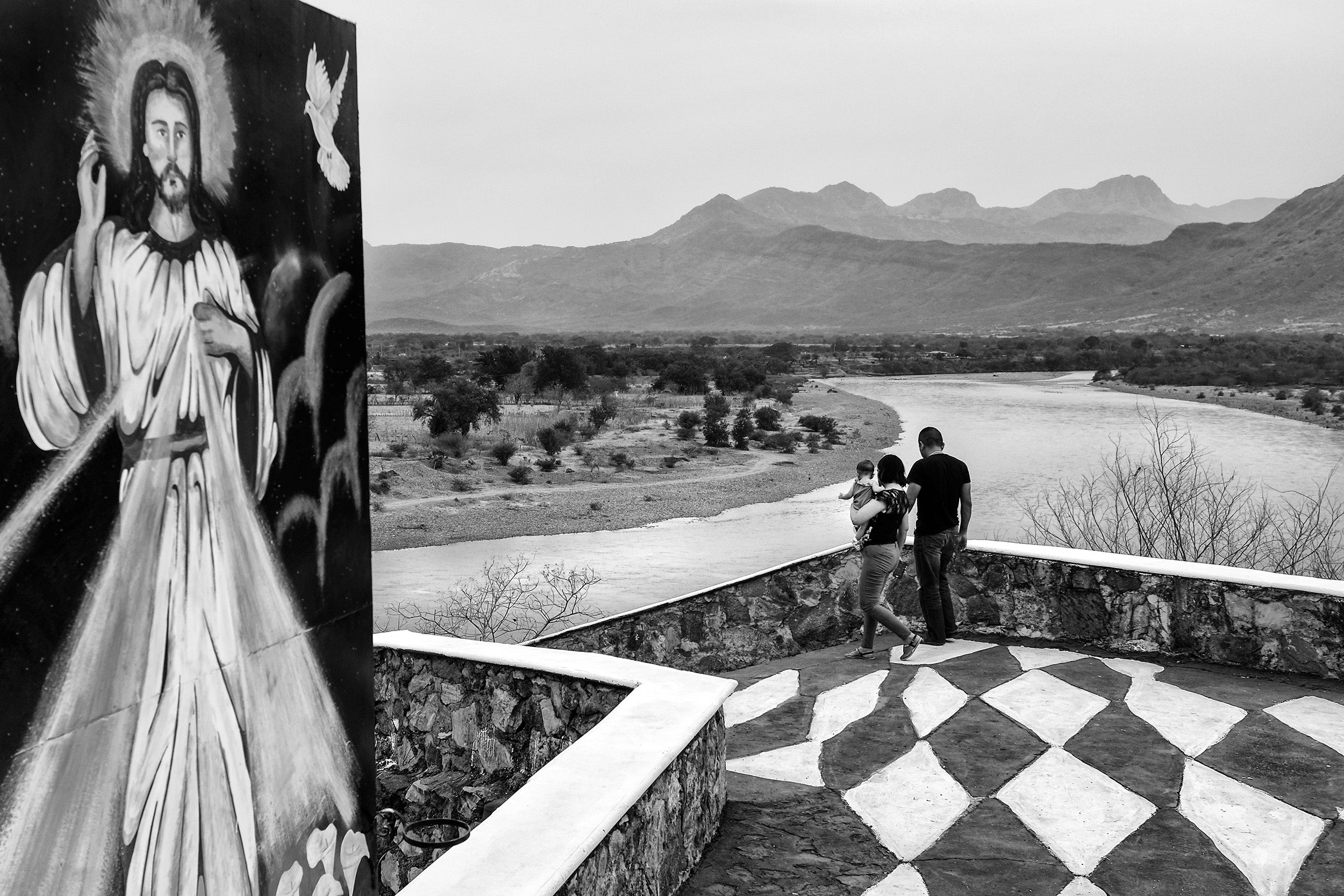
Local law enforcement is weak and sometimes virtually nonexistent. In 2014, in a scandal that shook the nation, 43 teachers college students disappeared in Iguala, a city at the eastern end of Highway 51, after being detained by police.
The government subsequently disbanded a third of municipal police departments in the state, because of their alleged collusion with drug traffickers, and handed responsibility for the towns to overstretched federal and state police. Local officials know they can be killed or kidnapped if they don't comply with drug gangs’ demands.
“A decade ago, the cartels gave the local government money to operate. Now, no. The governments have to give the cartel money in order to be able to govern,” said a businessman who works in Tierra Caliente, and who spoke on the condition of anonymity out of fear of speaking against the drug gangs. “Sowing terror in the people yields good results.”
Mexican soldiers patrol and man checkpoints, but residents feel they are overmatched by the criminal groups. The state’s rugged hills, poor road network and compromised local officials make the work harder.
“There is not an army in the world that can operate successfully in this area,” said Lt. Col. Juan José Moreno Orzua, deputy chief and spokesman of the 35th Military Zone.
The last man to be kidnapped in San Miguel Totolapan – the last of an estimated 200 victims – was Isauro de Paz Duque, the 37-year-old owner of a construction company who was picked off the street by gunmen in mid-December.
The businessman had been taken by El Tequilero’s men, who had terrorised the town of about 3,000 for years with kidnappings and killings. Many residents had fled, and others cowered behind barred doors and shuttered windows, afraid to go out.
Infuriated by the seizure of De Paz, residents formed a militia, the Movement for Peace. Citizens in other violent drug-trafficking regions of Mexico have done the same.
But rather than bring order, the citizen groups have become one more destabilising element in many rural areas. Kyle, the professor who studies Guerrero, said that since 2015 there has been a sharp increase in shootouts between these community policing militias.
Members of the San Miguel Totolapan militia quickly took nearly 20 people hostage, including El Tequilero's mother. Within days, they had swapped their prisoners for De Paz and others who had been kidnapped.
The vigilantes took control of public security, erecting sandbag-fortified checkpoints at the entrances to town and building crude forts on the hilltops. Residents started to trickle back into town.
But some locals whispered that El Pez, the rival drug lord, was helping to fund and arm this militia.
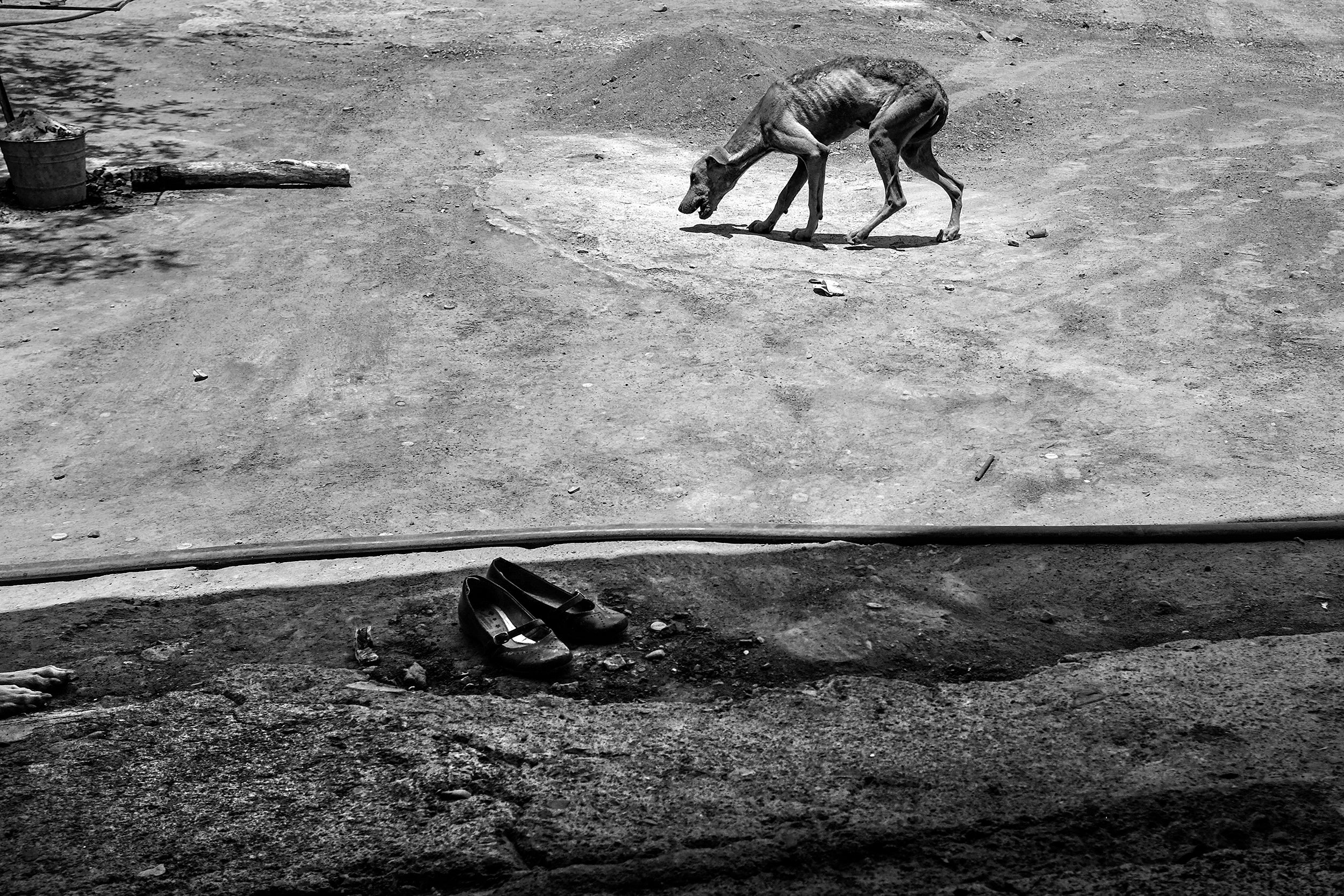
As the months went on, the militia became increasingly agitated that El Tequilero remained on the loose. Members believed he had retreated to the neighbouring town of La Gavia.
“If the government can’t find a solution, we have to do it ourselves,” said Silvino Bernabe, 32, in late April.
In early May, members of the militia swarmed into La Gavia and demanded that the residents hand over El Tequilero. El Pez’s men, the militia's suspected allies, followed the next morning, according to Guerrero authorities. A gun battle between supporters of the two cartels raged for hours, leaving eight people dead.
Three days later, hundreds of soldiers and state police swept into San Miguel Totolapan to disarm the militia. But residents had little trust left in the government. They poured into the streets, setting trucks and tyres on fire and throwing rocks at the authorities, who responded with tear gas.
The army has managed to maintain control of the town. But El Pez and El Tequilero remain at large. And out on Highway 51, the heroin that fuels the violence keeps trucking north.
© Washington Post
Subscribe to Independent Premium to bookmark this article
Want to bookmark your favourite articles and stories to read or reference later? Start your Independent Premium subscription today.
Join our commenting forum
Join thought-provoking conversations, follow other Independent readers and see their replies
Comments